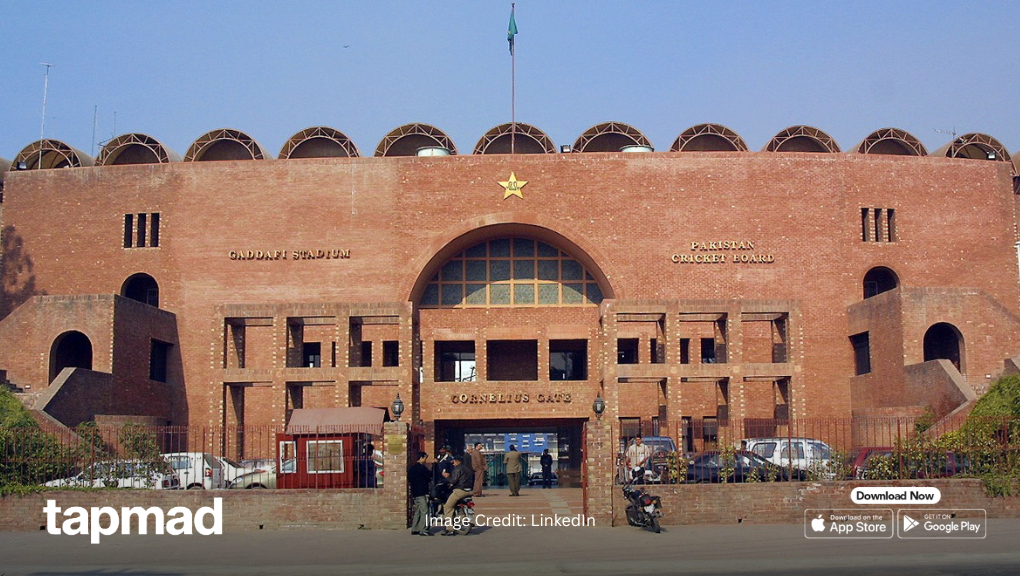July 8, 2025
PCB’s Abdullah Khurram Niazi outlines overhaul of Pakistan’s 2025‑26 domestic cricket structure

PCB Director of Domestic Cricket Operations Abdullah Khurram Niazi has detailed the newly revamped structure for Pakistan’s 2025–26 domestic season, highlighting merit-based pathways, streamlined first-class competitions, and expanded age-group tournaments.
Niazi confirmed that the Quaid‑e‑Azam Trophy will feature just eight regional teams, a significant reduction from last season’s 18, with six teams qualifying directly and two securing spots via the Hanif Mohammad Trophy (15 August–17 September). The final will take place from 3–7 November in Islamabad/Rawalpindi.
This year, qualifiers were introduced before the premier competitions: the first-class incomers are determined by the 12-team Hanif Mohammad Trophy, while 10 teams will vie for two Super 10 spots in the National T20 Cup (1–12 March, Faisalabad).
Emphasis was placed on the integration of U15, U17, and U19 tournaments at various stages. Niazi ensured a clear progression from youth to senior cricket. He added that standout performers from the Hanif Mohammad Trophy will be eligible for guest slots in the Quaid-e-Azam Trophy and for domestic contracts.
The domestic setup also includes revamped departmental competitions—four tournaments across different formats (first-class, one-day, and Grades II & III). School, college, club, and inter-district matches will further underpin talent identification, with over 10,000 grassroots fixtures planned.
This transformation aims to enhance competitiveness, transparency, and pathways, addressing past criticisms of inconsistency. By reducing team numbers at the elite level and bolstering qualifiers and age-group cricket, the PCB is setting a stronger foundation for Pakistan’s future talent.
Abdullah Khurram Niazi’s roadmap introduces a more focused, performance-driven structure—from regional qualifiers to age-group pipelines—designed to elevate domestic standards and better prepare players for national and international success.
Related Post
What to watch

What Is Wrong With Football In Pakistan?
What Is Wrong With Football In Pakistan? Ft. Former Captain Pakistan Football Team Kaleemullah Khan In today’s podcast, we have Former Pakistani footballer...

Why Does Pakistan’s Cricket Team Fail
hy Does Pakistan’s Cricket Team Fail On The Biggest Stage? Ft.Shoaib Akhtar |Powered By Tecno Join us in the latest podcast featuring the legendary....

Meri Shehzadiyan
Watch Meri Shahzadian, Episode 1 online in HD, ad-free only on tapmad. This episode will take a close look at the abuse Ghazala faces from her greedy husband...